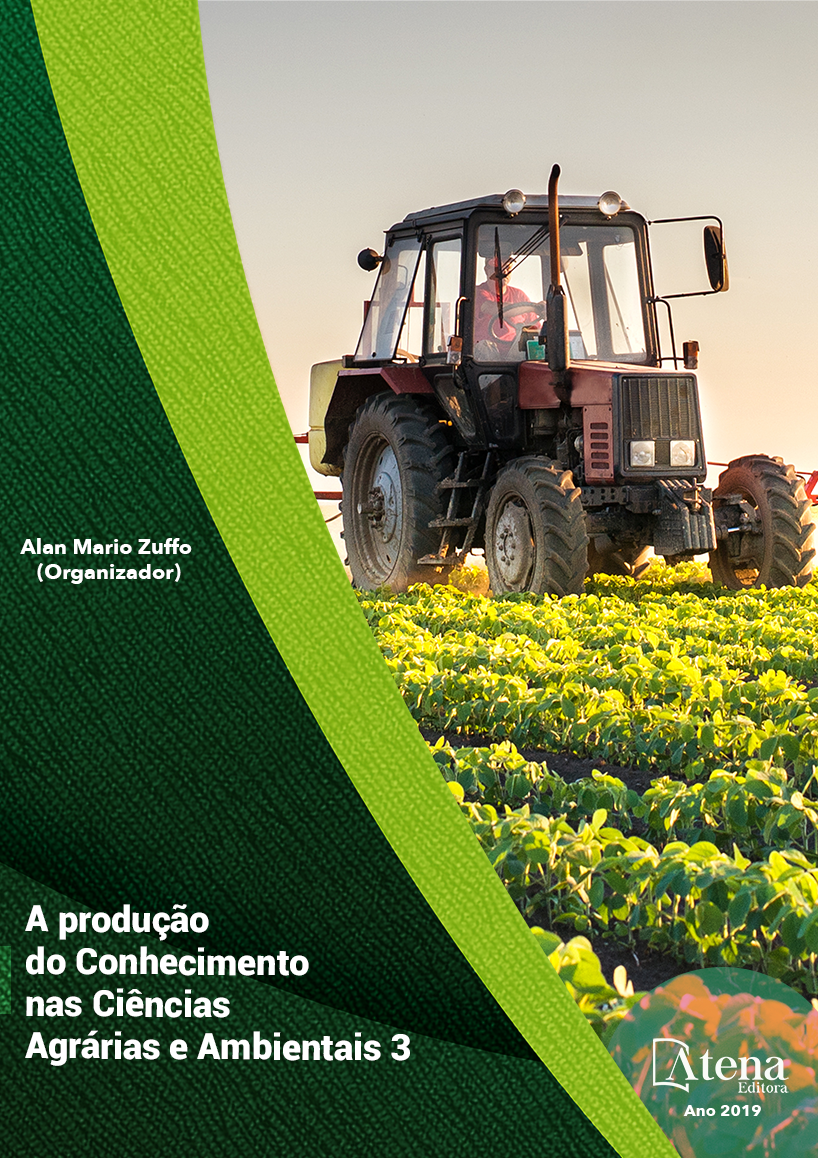
EFEITO DA FARINHA DE BABAÇU NAS CARACTERÍSICA FISICO-QUÍMICAS E SENSORIAS DO BISCOITO SEQUILHO
A farinha do mesocarpo do babaçu
é extraída do fruto retirado da palmeira
(Orbignya phalerata) a qual pode ser matéria
prima em diversos produtos que requeiram alta
concentração de amido e a adição de corantes
naturais. O objetivo deste trabalho foi testar a
farinha de babaçu em substituição parcial ao
amido de milho em formulações de biscoitos sem
glúten de massa dura, tipo sequilho. Os biscoitos
foram caracterizados quanto aos teores de
umidade, minerais fixos, proteína, fração lipídica,
textura, cor e análise sensorial. Os biscoitos
substituídos apresentaram maior concentração
de minerais com destaque para o cálcio e ferro
(23,27 e 5,41 mg·100-1g) respectivamente
além do aumento de fibra proporcional a
substituição chegando a doze vezes maior
quando comparado com o biscoito controle.
A cor da farinha do babaçu é consequência
da alta concentração de compostos fenólicos,
observou-se o escurecimento que dos biscoitos
mais substituídos, consequência da maior
concentração de farinha nessas formulações.
Todavia a substituição não alterou a firmeza dos
biscoitos, mesmo tendo se diferenciado na perda
de água no assamento. A média de aceitação
em todos os atributos foram altos (7 gostei e 8
gostei muito), sendo que as formulações 10 e
30% apresentaram maior aceitação.
EFEITO DA FARINHA DE BABAÇU NAS CARACTERÍSICA FISICO-QUÍMICAS E SENSORIAS DO BISCOITO SEQUILHO
-
DOI: 10.22533/at.ed.8691926044
-
Palavras-chave: aceitação, amido, fibra, inovação, saudabilidade.
-
Keywords: acceptance, starch, fiber, innovation, healthyness.
-
Abstract:
The flour of babassu mesocarp is extracted from the palm fruit (Orbignya
phalerata) which can be raw material in several products that require high concentration
of starch and the addition of natural pigment. The objective of this work was to test the
babassu flour in partial substitution to the corn starch in formulations of gluten-free
biscuits of hard dough, type sequilho. The biscuits were characterized as moisture
contents, fixed minerals, protein, lipid fraction, texture, color and sensorial analysis.
Substituted biscuits had a higher concentration of minerals, with emphasis on calcium
and iron (23.27 and 5.41 mg 100-1 g), respectively, in addition to the proportional increase
in fiber, which increased twelve times when compared to the control biscuit. The color of
the babassu flour is a consequence of the high concentration of phenolic compounds,
it was observed the darkening that of the most substituted biscuits, consequence of
the greater concentration of flour in these formulations. However, the substitution did
not alter the firmness of the biscuits, even though it differed in the loss of water in the
baking. The mean acceptance in all attributes was high (7 liked and 8 liked very much),
with 10 and 30% formulations showing greater acceptance.
-
Número de páginas: 15
- Priscila Copini
- Eloneida Aparecida Camili


